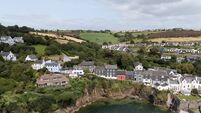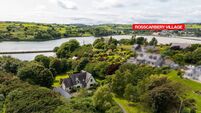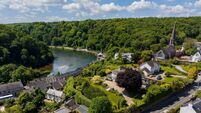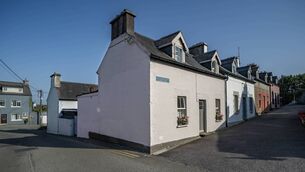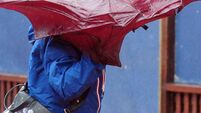Rip Van Winkle terraced home back from slumber
THIS might well be the cheapest house for sale to appear in this coveted four-page property slot — because, compact and all as it is, it’s a case of best goods coming in small parcels.
A renewed home brand new to market, No 4 Parkowen is within a ten minute walk of Cork city centre off Evergreen Road and Quaker Road. It’s a place where time appears to have stopped, although it has ever so gently been brought up to date by a caring owner, who is full of knowledge and appreciation for older homes.







